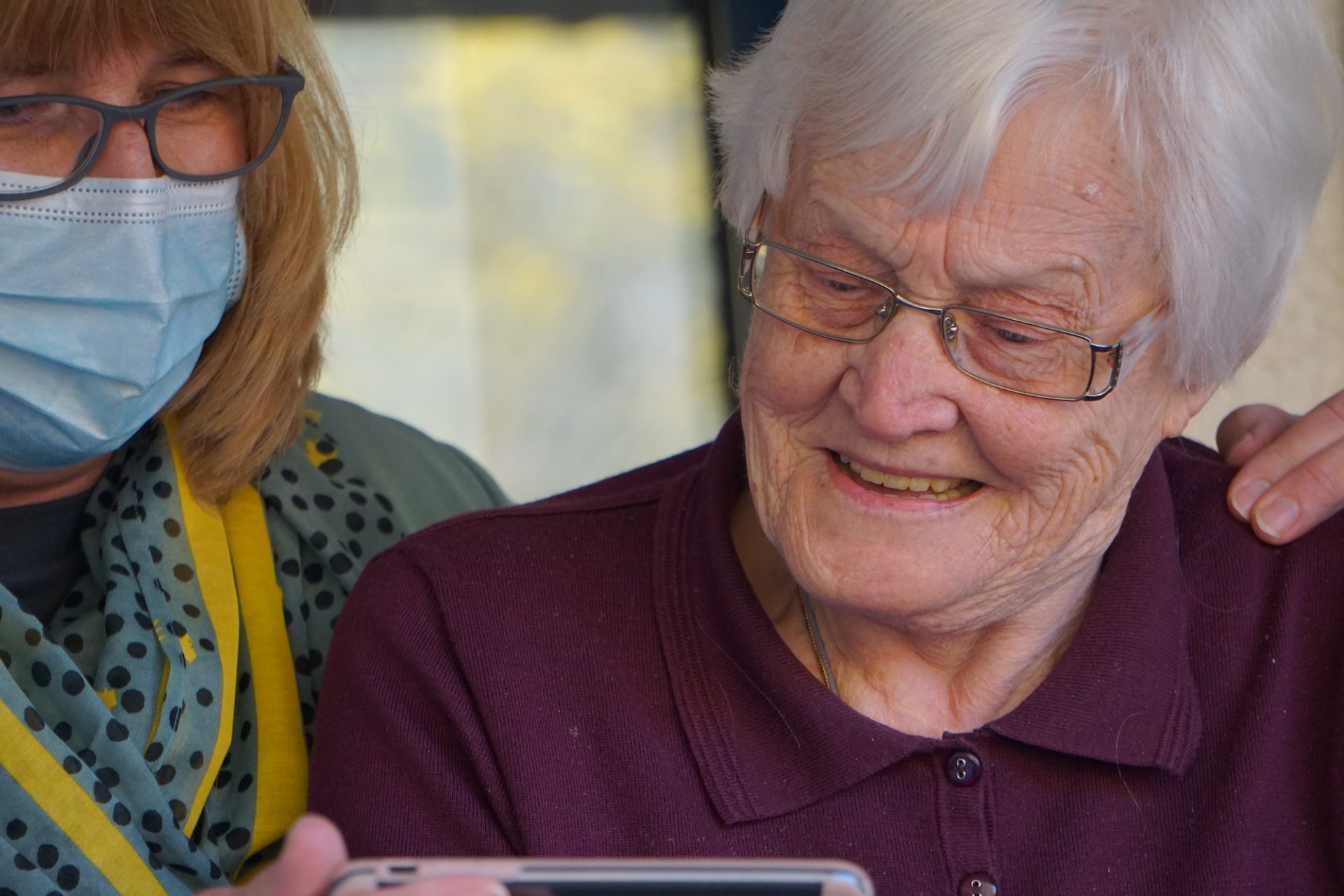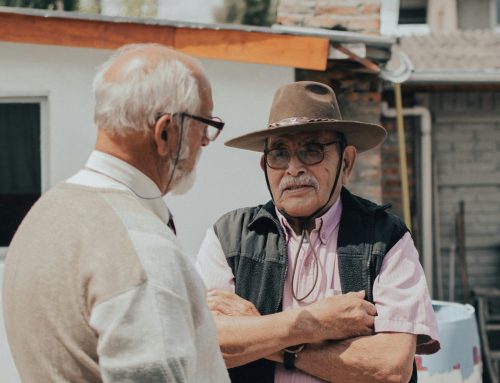National Family Caregiver’s Month takes on added importance as the pandemic rages on.
There are more than 78 million Americans who serve as unpaid caregivers to family, friends, or neighbors. November is a month to honor those who make this sacrifice to care for someone in their life.
National Family Caregiver’s Month began in 2014 with a presidential proclamation from Barack Obama. The president urged all Americans to pay tribute to those who aid in their family and friends’ health and well-being.
Below are some facts about caregivers, from AARP.
- They come in a variety of demographics. The average caregiver is a 49-year-old woman taking care of an aging relative, but that is changing as the American population changes.
- High-hour caregivers (21 or more hours a week) have an average household income of $45,700, which means that caregiving results in an emotional and financial strain. Long-distance caregivers reported a higher financial strain.
- One in three Americans is 50 or older right now, which translates into a higher percentage in need of a caregiver.
National Family Caregiver’s Month During a Pandemic
Despite the risks and dangers of the pandemic, caregivers must continue to provide care for their loved ones. Often times this may mean families minimizing exposure risks in order to keep an elderly loved one safe. The added stress of the pandemic on top of the previously existing emotional and financial stress can take its toll.
There will still be doctor appointments and prescriptions to fill. There will still be errands to run. All of this takes a toll on the caregiver’s mental health and can lead to anxiety, depression, or other mental health complications. For these reasons, it’s important for caregivers to monitor and look out for their own mental health.
These resources from Mental Health America can help caregivers to monitor their own situations, and find the help that they need when they need it. This National Caregiver’s Month, make sure to check in on any caregivers in your life.








